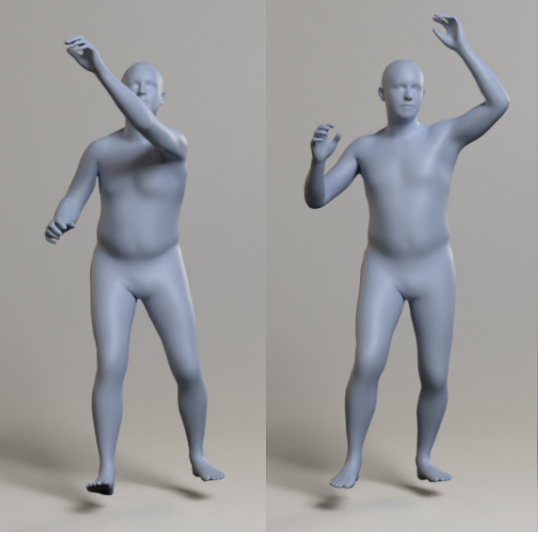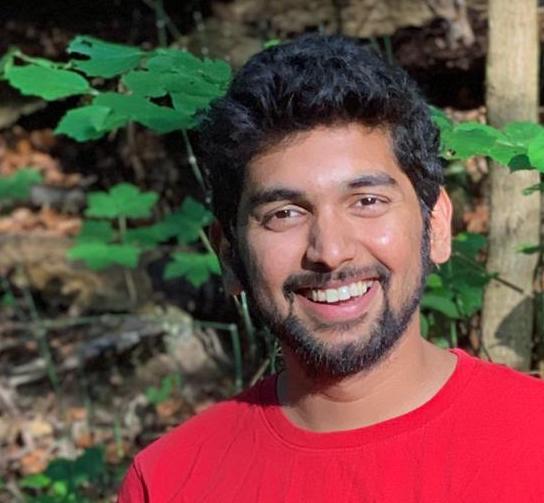Facial Animation with Disentangled Identity and Motion using Transformers

Abstract
We propose a 3D+time framework for modeling dynamic sequences of 3D facial shapes, representing realistic non-rigid motion during a performance. Our work extends neural 3D morphable models by learning a motion manifold using a transformer architecture. More specifically, we derive a novel transformer-based autoencoder that can model and synthesize 3D geometry sequences of arbitrary length. This transformer naturally determines frame-to-frame correlations required to represent the motion manifold, via the internal self-attention mechanism. Furthermore, our method disentangles the constant facial identity from the time-varying facial expressions in a performance, using two separate codes to represent neutral identity and the performance itself within separate latent subspaces. Thus, the model represents identity-agnostic performances that can be paired with an arbitrary new identity code and fed through our new identity-modulated performance decoder; the result is a sequence of 3D meshes for the performance with the desired identity and temporal length. We demonstrate how our disentangled motion model has natural applications in performance synthesis, performance retargeting, key-frame interpolation and completion of missing data, performance denoising and retiming, and other potential applications that include full 3D body modeling.
